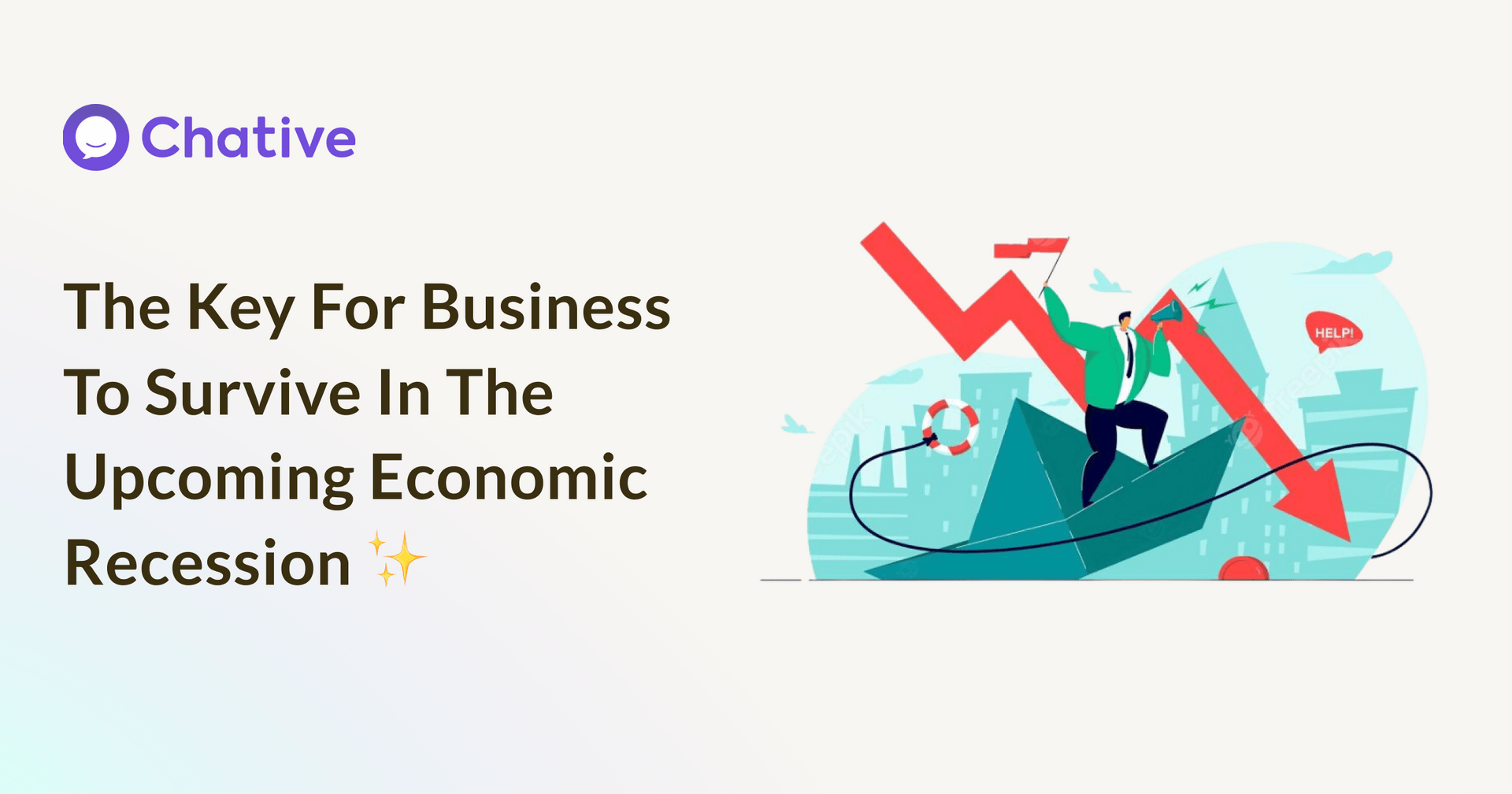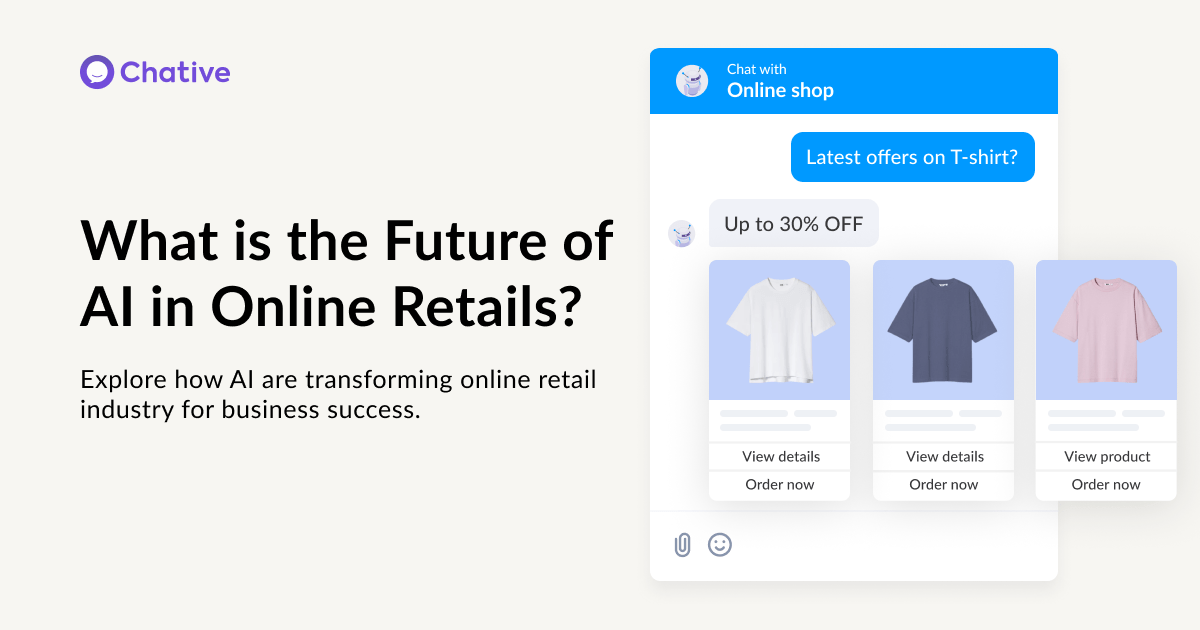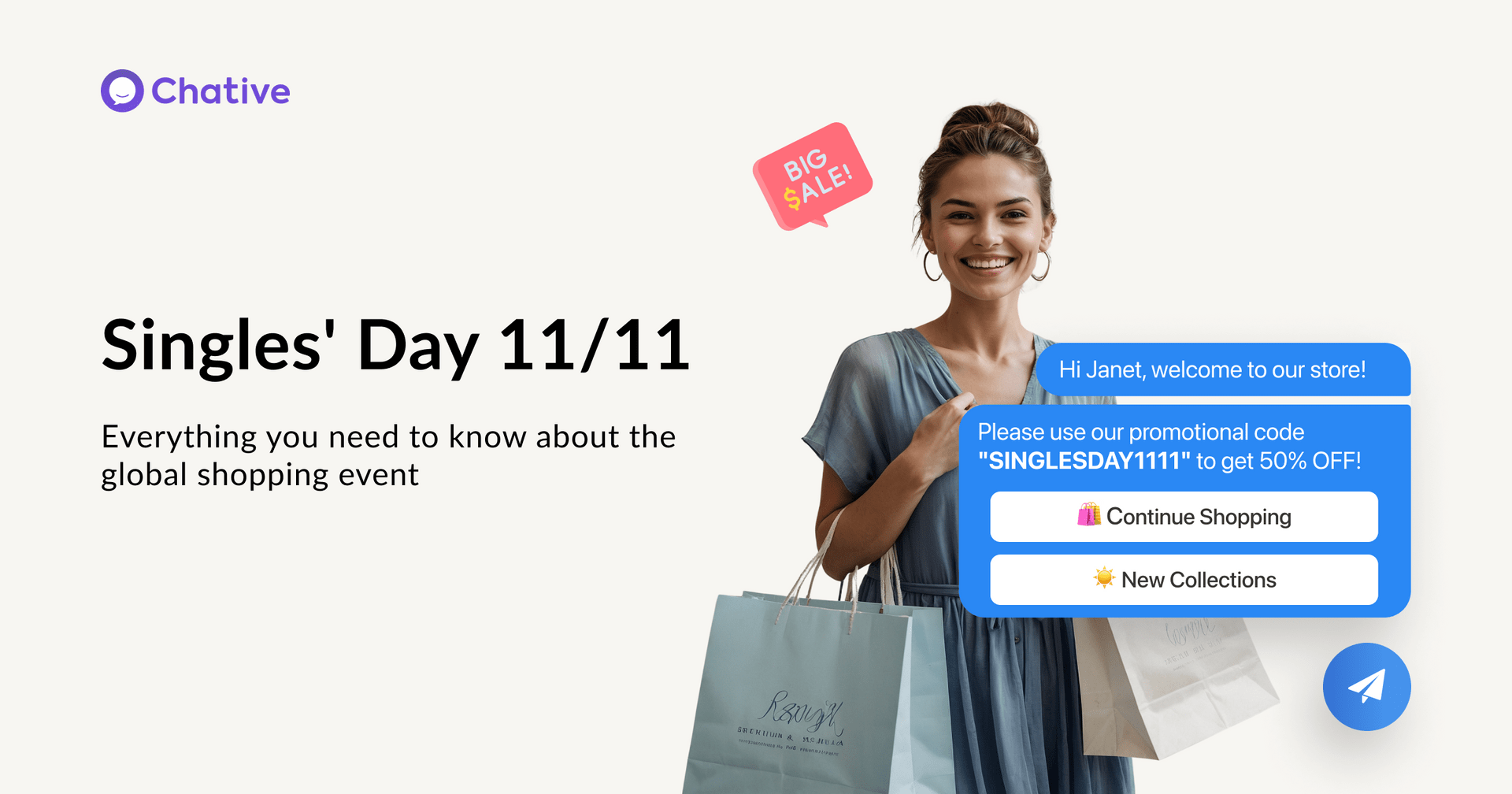Thrive In Economic Recession: The Importance Of D2C All Businesses Should Know
E-commerce Trends - February 27, 2023 - 5 min

QUICK LINKS
In 2008, the sparked an entrepreneurial revolution and set the stage for the D2C (Direct-to-Consumer) economy. After that, in 2020, the COVID-19 pandemic accelerated this trend by making digital interactions the norm and establishing D2C as the default approach for many organizations.
In the era of 4.0, customers increasingly demand more enjoyable experiences from businesses, and purchasing journeys are increasingly shortened through online channels. From this trend, the term D2C has emerged as a relatively new concept in marketing.
The likely global recession will have significant effects on marketing and retail. The short-term impact on purchasing behavior has resulted in a lasting adjustment in customer preferences. According to an article in Forbes, “2023 will likely see an acceleration of more radical changes for D2C. If brands don’t have a strategy in place, they risk being left behind”. So how do businesses make a spotlight during this economic inflation and stagnation era? Don’t leave this article!
What is D2C?
D2C stands for Direct-To-Consumer, a business model for businesses that directly sell products to customers (through genuine stores, websites, Fanpages, and e-commerce sites) without delivering any distributed intermediate. This helps businesses optimize profits and brands to easily understand the behavior of more targeted customers.
In the world and in Vietnam, the industry has successfully applied D2C such as cosmetics, home appliances, and fashion, etc. Some major brands have successfully applied D2C such as Unilever, P&G, Nike, Adidas, Oxwhite, etc.
Why is D2C becoming a Marketing trend today?
Reduce intermediate delivery costs, increase revenue efficiently
To distribute goods to intermediaries, dealers, and retail stores, businesses must incur expenses such as freight, sales training, commission policies, and discounts for intermediaries. However, if businesses adopt the D2C (direct-to-consumer) model, they can sell goods directly to consumers. This eliminates the costs for middlemen and increases revenue sustainably.
Increase customer reliability on brand
Customers often hesitate to buy goods through intermediaries, such as agents, for fear of purchasing fake or poor-quality products. Additionally, they may be unsure of the source of goods from distributors, dealers, or retail stores. Let’s think about an existing scenario: if something wrong happens with your products, customers just want to hear from the brand itself.
Therefore, buying directly from the manufacturer can provide customers with more assurance of product quality and authenticity.
Easily comprehend the behavior of your target customers
Having control over customer data, such as their habits, preferences, and buying behaviors, is crucial for any business. This information can help the business in the following ways:
- Understand its customers better, and offer new products tailored to their needs.
- Actively distribute goods to consumers in a direct and optimal manner.
Why is D2C becoming a Marketing trend today?
Reduce intermediate delivery costs, increase revenue efficiently
To distribute goods to intermediaries, dealers, and retail stores, businesses must incur expenses such as freight, sales training, commission policies, and discounts for intermediaries. However, if businesses adopt the D2C (direct-to-consumer) model, they can sell goods directly to consumers. This eliminates the costs for middlemen and increases revenue sustainably.
Increase customer reliability on brand
Customers often hesitate to buy goods through intermediaries, such as agents, for fear of purchasing fake or poor-quality products. Additionally, they may be unsure of the source of goods from distributors, dealers, or retail stores. Let’s think about an existing scenario: if something wrong happens with your products, customers just want to hear from the brand itself.
Therefore, buying directly from the manufacturer can provide customers with more assurance of product quality and authenticity.
Easily comprehend the behavior of your target customers
Having control over customer data, such as their habits, preferences, and buying behaviors, is crucial for any business. This information can help the business in the following ways:
- Understand its customers better, and offer new products tailored to their needs.
- Actively distribute goods to consumers in a direct and optimal manner.
Avoid concerns about your brand image in uncontrollable situations
Typically, intermediate units, dealers, and retail stores are not tightly controlled by businesses, which can lead to difficulties in management. Enterprises often struggle with the customer care policies of these intermediate units, which may be unqualified or lack professionalism. However, with the D2C model, businesses can sell directly to customers and implement policies to care for them without the need for intermediaries. This approach can help businesses maintain credibility and brand image, as they avoid the lack of professionalism associated with these units.
Typically, intermediate units, dealers, and retail stores are not tightly controlled by businesses, which can lead to difficulties in management. Enterprises often struggle with the customer care policies of these intermediate units, which may be unqualified or lack professionalism. However, with the D2C model, businesses can sell directly to customers and implement policies to care for them without the need for intermediaries. This approach can help businesses maintain credibility and brand image, as they avoid the lack of professionalism associated with these units.
D2C Model: leading marketing trend brings unbeatable benefits to modern business
D2C is a current marketing trend that is very suitable for businesses that manufacture fast-moving consumer goods (FMCG). The D2C model offers many advantages, including:
- Creating sales opportunities for customers quickly
- Reducing costs for middlemen including agents, distributors, sub-distributors, retailers, sub-retailers, and wholesalers
- Offering competitive prices
- Increasing customer trust in products without worrying about counterfeit goods
- Better understanding of customers as business comes into direct contact with them
- Testing new products directly with a customer segment of the enterprise and receiving direct and quick responses from customers
- Providing customer care as desired without worrying about a lack of professionalism or customer care from dealers and intermediaries
The use of the D2C strategy has helped many businesses reach closer to their customers. However, switching to the D2C model requires a significant investment of time and resources, such as investing in sales, better customer care, and marketing strategies that must be tested many times to highlight the product.
How the 2023 economic crises drove the D2C revolution
In 2008, the Great Recession sparked an entrepreneurial revolution and paved the way for the D2C economy. The COVID-19 pandemic of 2020 further accelerated this trend, making digital interactions the norm and establishing D2C as the default for many organizations.
Unfortunately, recent reports indicate that a global recession is looming in 2023. This is expected to lead to a sharp decline in consumer spending and a reduction in economic activity.
Due to rising economic uncertainty surrounding the recession, consumers are changing their spending habits. Retail customers are now prioritizing essential items such as groceries, fuel, and utility services, as well as other things critical to their well-being.
As a seller, it’s important to adapt to this changing environment and learn more about your customers. What do they need, and is your product or service essential for them?
While many shoppers may not feel an immediate need for your product, consider delivering a stimulating message that convinces them of the value it can add to their lives.
Retailers should focus less on transactions and more on building value-driven relationships with their customers. One way to do this is making use of conversational commerce to engage customers and provide a seamless shopping experience. Conversational commerce enhances the customer experience by making it more convenient for both businesses and customers. There are many platforms such as Chative.IO, Tidio, Tawkto, etc, that help D2C businesses to develop well-rounded customer solutions.
Conclusion
As technology continues to evolve, the D2C space will become increasingly exciting, not only from an e-commerce and operational perspective but also from a marketing perspective that can be applied to almost all verticals of D2C. Although the model has already evolved a lot, there is still plenty of room for new businesses.
The year 2023 is still ahead, giving D2C retailers time to prepare for the recession. To weather the economic downturn, merchants should continue their marketing activities, leverage social commerce, and implement customer solutions to supercharge the customer experience in their buying journey.
What can existing brands do to successfully pivot and continue scaling? Consider booking a consultation session with the 5-year experience experts in business messaging to find a tailored solution for your business. Book a consultation session.
Related Posts
January 24, 2025
What is the Future of Online Retail?
January 14, 2025
Run a High-Converting Holiday Flash Sale on Shopify in 2025
November 06, 2024
Temu in Vietnam: E-Commerce Challenges and Opportunities
November 06, 2024
The Competition Between Amazon and Temu
November 05, 2024
Everything You Should Know About Singles’ Day 11/11
March 08, 2024











